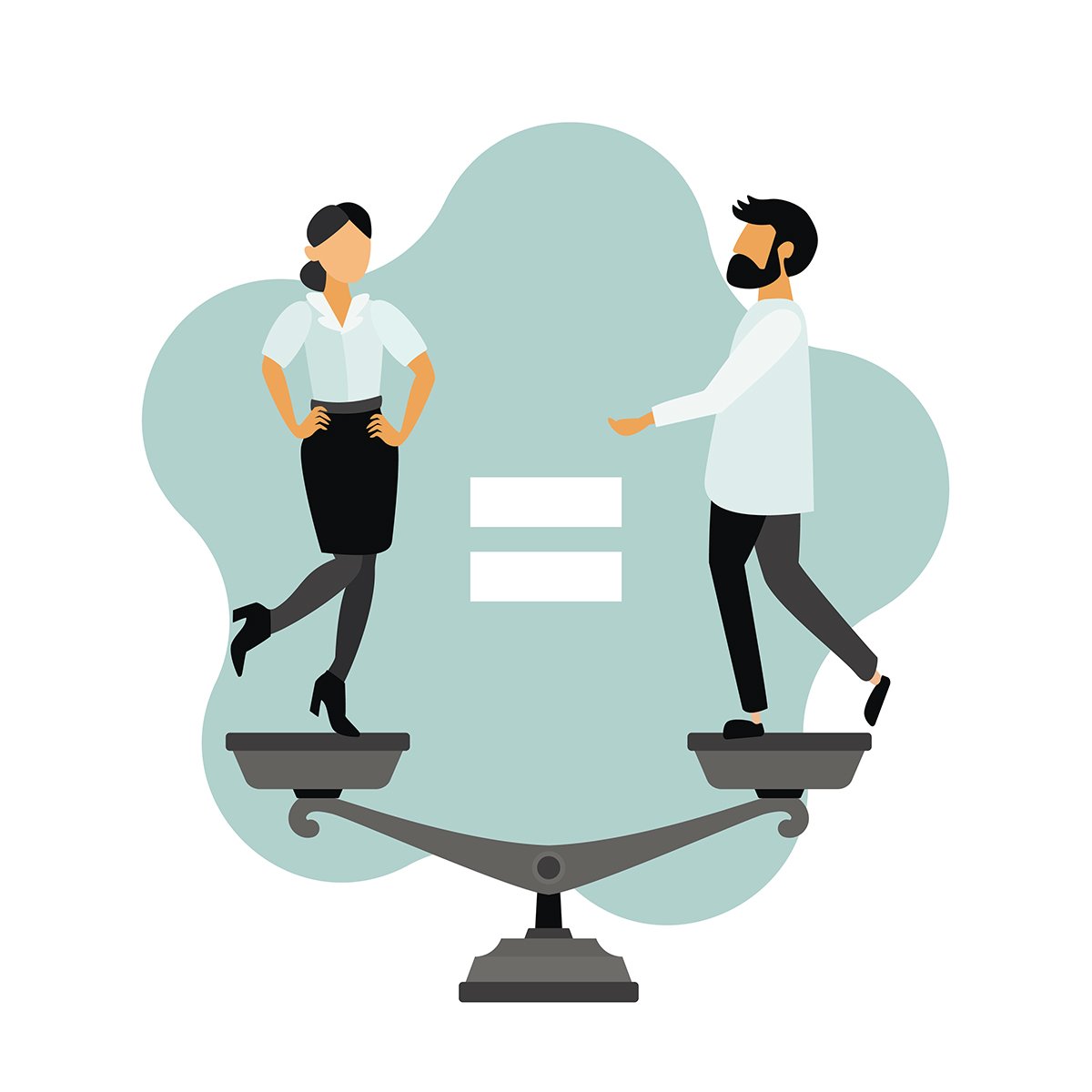 Each month, “Ambassador’s Insights” will address various topics facing modern Norway and the bilateral relations between Norway and the U.S. This article first appeared in Viking’s April 2020 issue.
Each month, “Ambassador’s Insights” will address various topics facing modern Norway and the bilateral relations between Norway and the U.S. This article first appeared in Viking’s April 2020 issue.
Women’s empowerment lies at the heart of Norway’s economic policies.
Gender equality means realizing the potential of both halves of the population. For Norway, women’s participation is a pillar of our welfare state and has played a key role in our economic growth. Our gender equality act is now more than 40 years old. During those 40 years a lot has changed.
When 8 out of 10 mothers with small children work in Norway, it is a result of sound, targeted policies and political priorities. These include subsidized day care, statutory rights to paid leave to stay home with sick children, and a right to work part time when one’s children are young. Elementary schools are required to offer after school programs for children through the fourth grade. Parents also receive monthly child benefits.
Parental leave is another policy priority that deserves attention. Here in the United States, Congress recently passed legislation providing 12 weeks of paid parental leave to all federal workers. I believe this is a big step in the right direction.
Norway has a generous parental benefit system. To allow mothers and fathers to combine work life and family, Norway’s parental leave system has evolved continuously since the 1970s. Today, Norwegian parents share approximately one year of fully paid leave when they have a child. One third is reserved for the mother, one third is for the father, and one third is for the parents to use however they choose. Same-sex parents receive the same benefits.
All of these policies try to achieve the same goal: To increase work participation by making it easier for anyone – both men and women – to combine having a family with having a job.
While we have come a long way, we are not perfect. Norway still has a gender gap, especially when it comes to pay. A woman’s monthly salary is on average 87% of a man’s. This is partly due to the fact that women work part time more often than men, but we also see that women are simply underpaid when performing the same work as men.
Even though Norway’s prime minister, foreign minister, president of the parliament and chief justice are all women, men are overrepresented in the private sector and executive positions. Only about 20% of the chief executives in our 200 largest companies are women.
Gender equality goes both ways. Certain disparities disproportionally affect men and boys. For example, boys in Norway are overrepresented in high school dropout rates and among those requiring special needs education in elementary school. More women obtain university degrees.
Norway’s natural resources, although important for our economy, cannot replace the workforce as our most important asset. Since the 1970s the labor participation rate of women has risen from 44% to 76%, and is now only 5% lower than that of men. In comparison, the average participation rate of women among the OECD countries is 16% lower than that of men.
If Norway’s rate of women’s participation were reduced to the OECD average, our national wealth would be reduced by an amount equal to the value of our total oil and gas resources.
The pursuit of gender equality is an ongoing, far-reaching job for any government. The Norwegian experience with paid parental leave and other family benefits is a positive one. It empowers women, promotes non-discrimination, gives both parents time to bond with their children, and boosts the economy.
 About the Author
About the Author
Ambassador Kåre R. Aas currently serves as Norway’s Ambassador to the United States.

 About the Author
About the Author